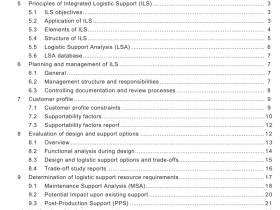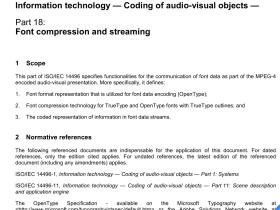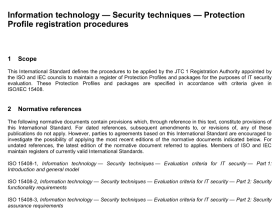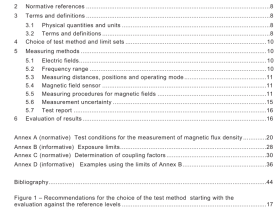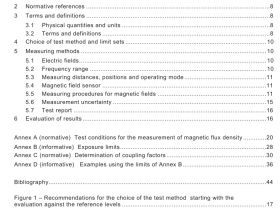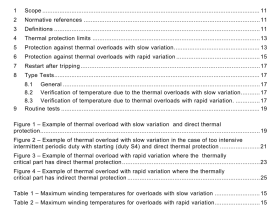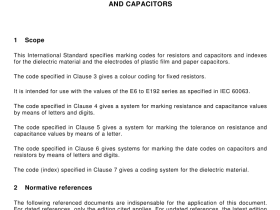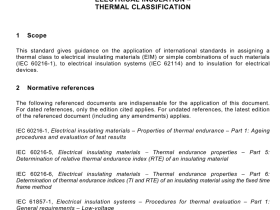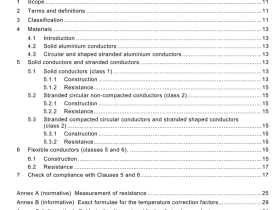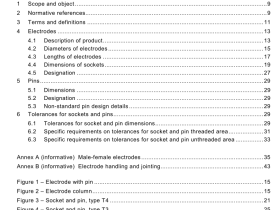IEC 60793-2-60 pdf download
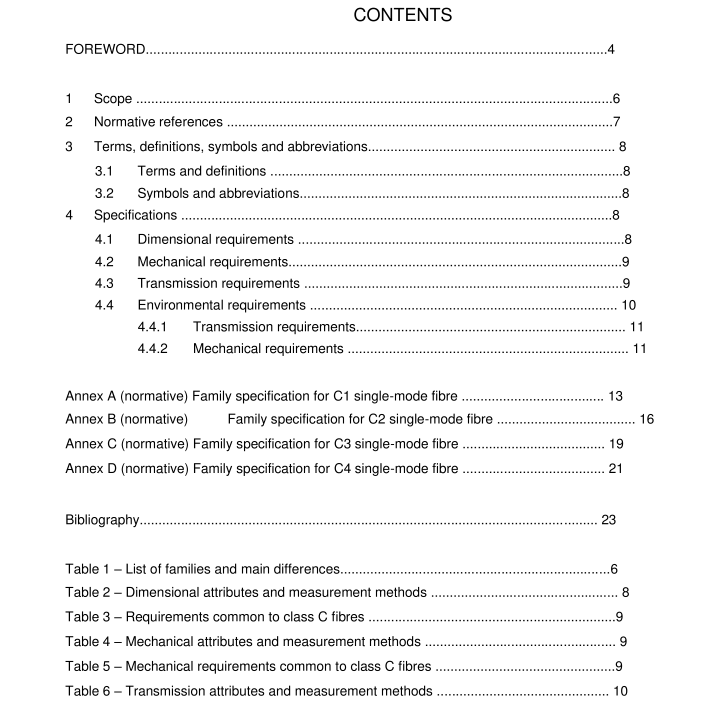
IEC 60793-2-60 pdf download Optical fibres – Part 2-60: Product specifications – Sectional specification for category C single- mode intraconnection fibres
1 Scope
This part of IEC 60793 is applicable to optical fibre types C1 , C2, C3, C4, as described in Table 1 . These fibres are used for the intraconnections within or between components or photonic systems or subsystems. While the fibres are sold in lengths on the scale of kilometres, they are normally cut into short lengths for use in these intraconnections. While the fibres could be overcoated or buffered for the purpose of making protected pigtails, they may be used without overcoating. They may, however, be colour-coded.
The general requirements defined in IEC 60793-2 apply to these fibres. Specific requirements that are common to these fibres are found in the body of this text. Particular requirements for individual fibre types or applications are defined in Annexes A, B, C and D, which refer to normative family specifications. These family specifications are distinguished based on optimum transmission wavelengths and nominal Mode Field Diameter (MFD), which affects splice loss.
For each family specification, there are two sub-categories that are distinguished on the basis of the cladding diameter and other related attributes. The conventional nominal cladding diameter of 1 25 m is augmented with the reduced cladding type product with a nominal diameter of 80 m. These are distinguished with the suffixes: “_1 25” or “_80”. For example C1 fibre can be selected as either C1 _1 25 or C1 _80. The transmission characteristics of the two cladding diameter choices should be the same.
For each family specification except C1 , there are two sub-categories that are distinguished on the basis of transmission characteristics that relate to MFD. To denote these sub- categories, a “_a” or “_b” suffix is added, for lower or higher MFD. In general, the fibres can be optimised for either splice loss or macro-bend loss using MFD as a main variable. A C2 fibre with 80 m cladding diameter and lower MFD is designated as C2_80_a.
Fibres for the C1 _1 25 family specification can be selected fom category B1 .1 or B1 .3 single- mode fibres and are suitable for use with any category B single-mode fibre at wavelengths from 1 280 nm to 1 625 nm. Fibres for the C2 and C3 family specifications are optimized at nominal wavelengths of 1 31 0 nm and 1 550 nm respectively for connection to any category B single-mode fibre. Fibres for the C4 family specification are optimized for transporting optical amplifier pump light at 980 nm or higher.
